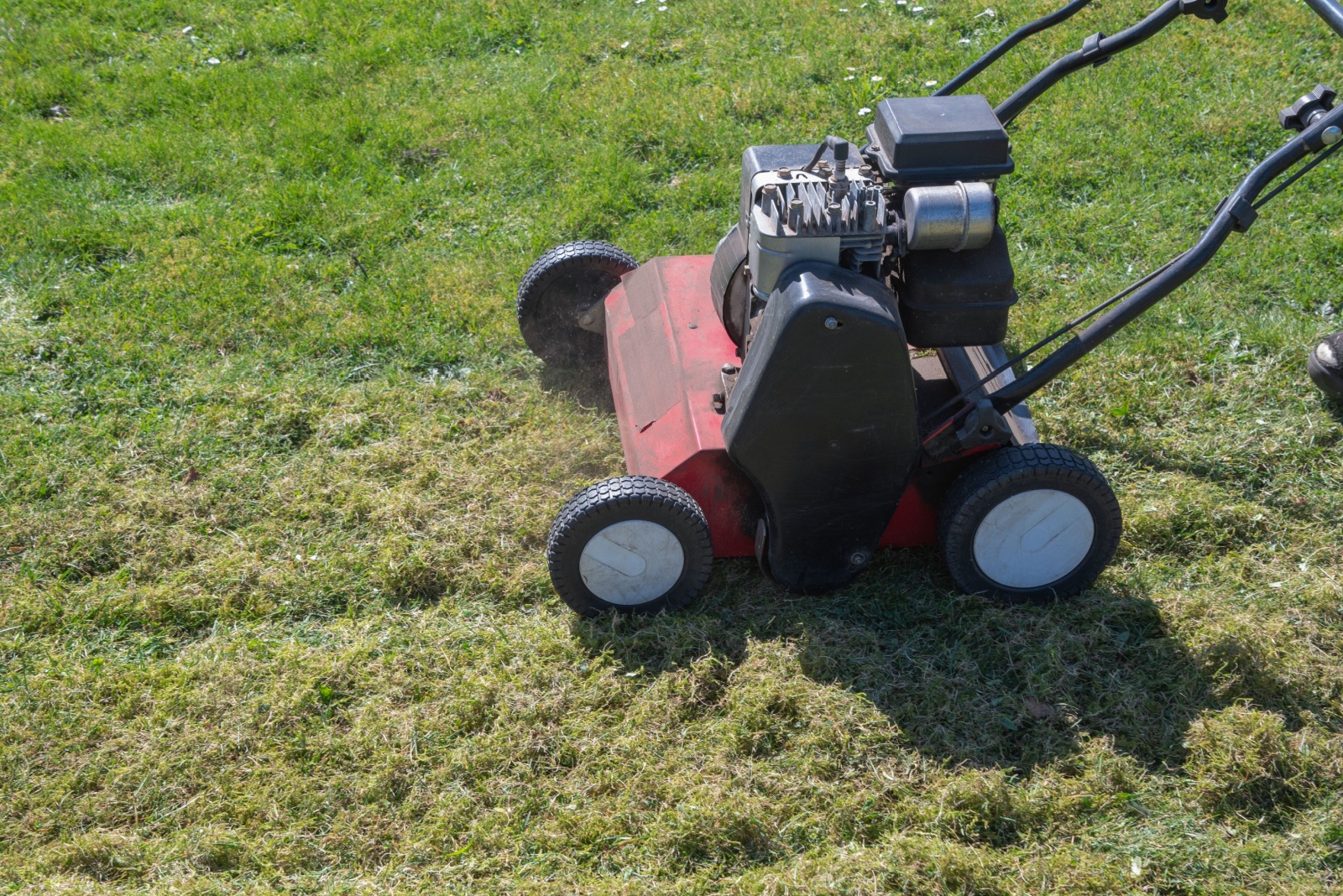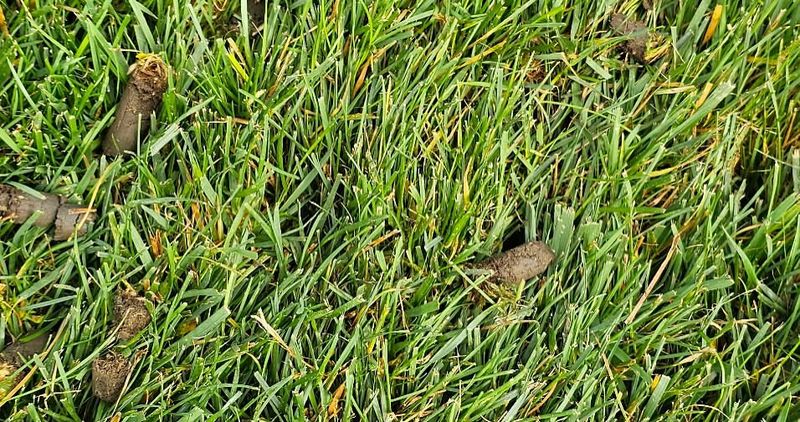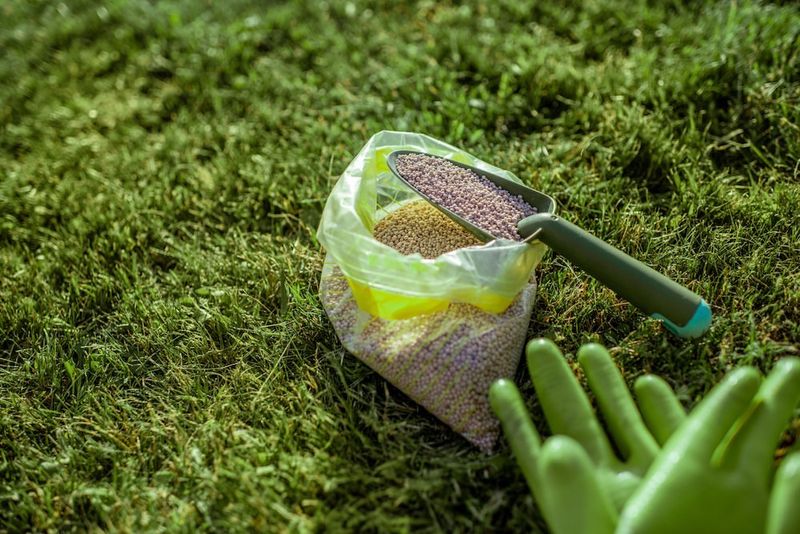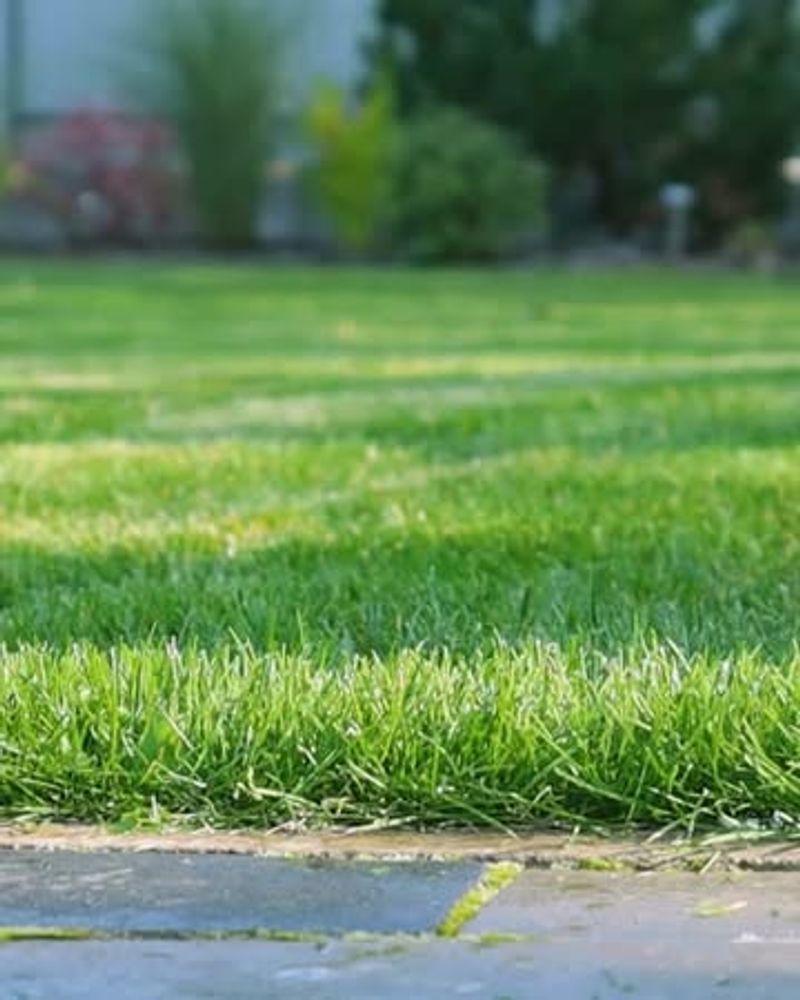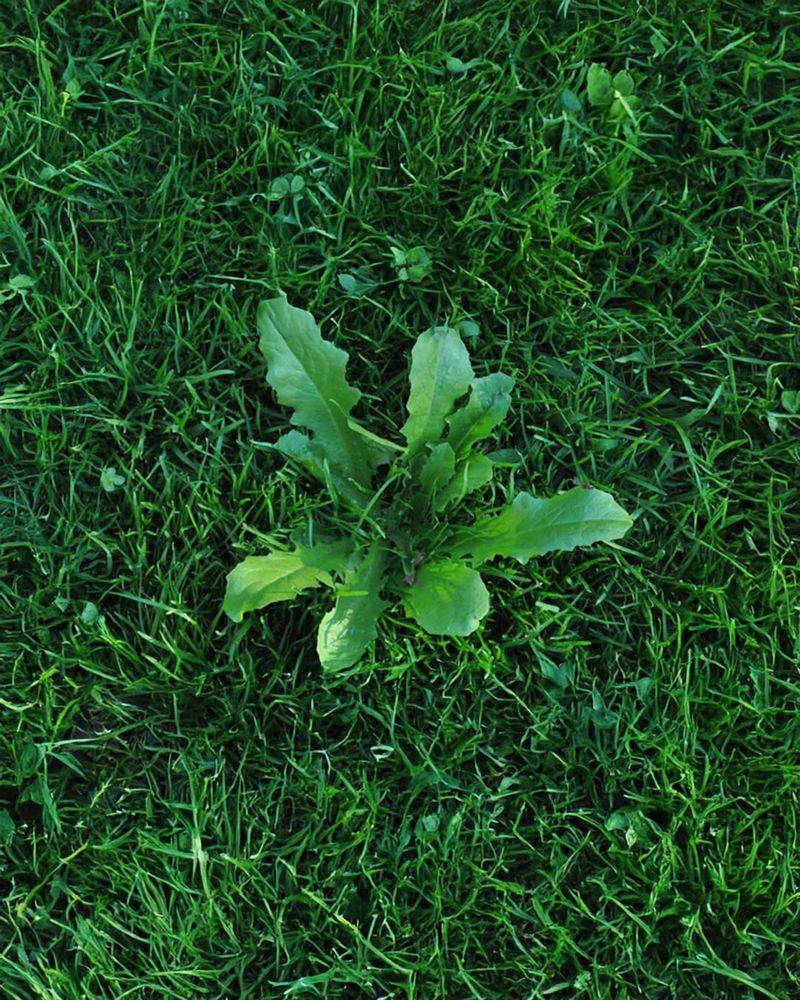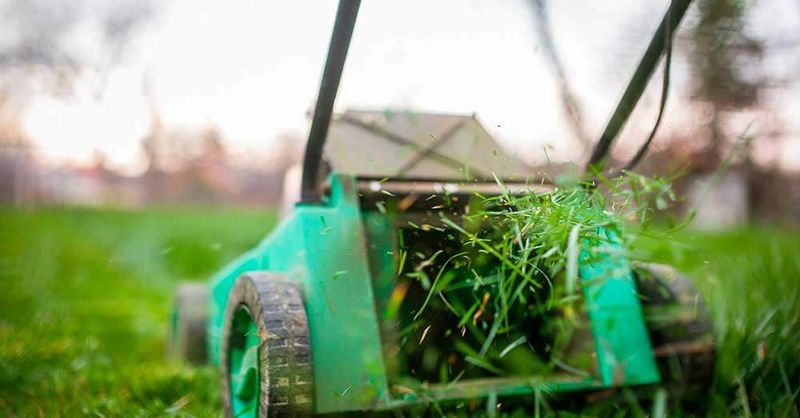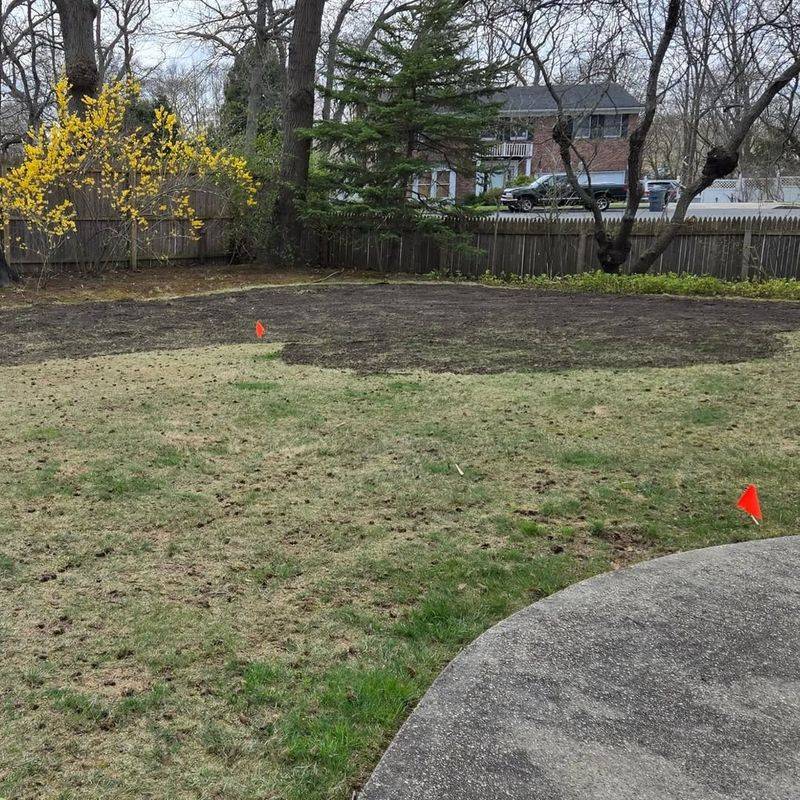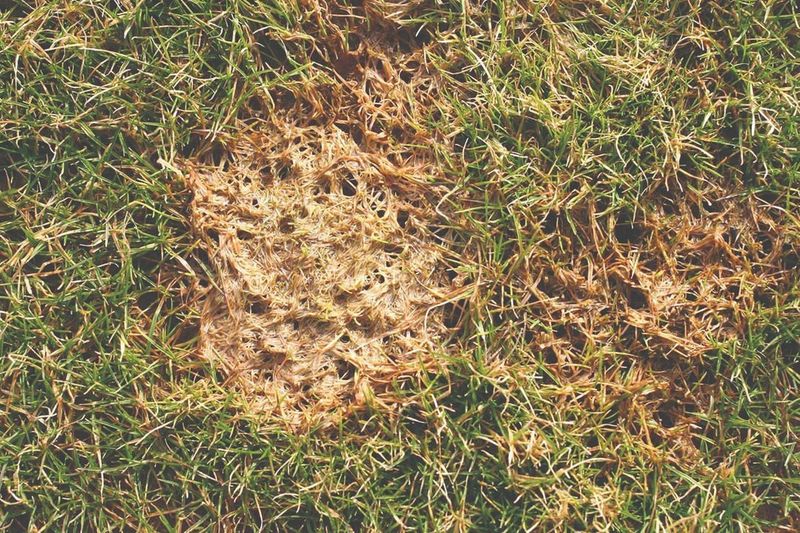Ohio lawns work hard all summer long, soaking up sunshine and handling foot traffic. By the time fall rolls around, many yards develop a thick layer of thatch that chokes out healthy grass growth.
Dethatching during fall gives your lawn the best chance to recover and thrive before winter arrives.
1. Cooler Temperatures Reduce Lawn Stress
Fall weather in Ohio brings relief from scorching summer heat, creating ideal conditions for lawn recovery. When you remove thatch during cooler months, your grass experiences less shock and can heal faster.
Hot temperatures make dethatching risky because stressed grass struggles to bounce back. September and October offer mild days and cool nights that help turf regenerate without fighting extreme weather conditions at the same time.
2. Grass Grows Actively In Fall
Cool-season grasses common in Ohio, like Kentucky bluegrass and fescue, experience a growth surge during fall months. This natural growth cycle means your lawn can quickly repair bare spots created by dethatching.
Roots expand vigorously in autumn soil, taking advantage of moisture and moderate temperatures. Your grass uses this energy to fill in thin areas and establish stronger turf before winter dormancy begins in late November.
3. Moisture Levels Stay Consistent
Ohio typically receives steady rainfall throughout September and October, keeping soil naturally moist. Consistent moisture helps your lawn recover from dethatching without requiring constant watering from you.
Summer droughts stress lawns and make dethatching dangerous, but fall precipitation creates perfect conditions. Your grass can absorb nutrients better and heal faster when soil moisture remains stable, giving roots everything they need to strengthen before winter.
4. Fewer Weeds Compete For Space
Weed growth slows dramatically as Ohio temperatures drop in fall, giving your grass an advantage after dethatching. Without aggressive weeds stealing nutrients and sunlight, your lawn can focus energy on recovery and strengthening.
Spring dethatching often creates openings for crabgrass and dandelions to invade. Fall timing means fewer weed seeds germinate, allowing your desirable grass species to fill in bare patches without competition from unwanted plants.
5. Prepares Lawn For Winter Survival
Removing thatch in fall allows air, water, and nutrients to reach grass roots before winter arrives. Strong, well-nourished roots help your lawn survive freezing temperatures and emerge healthier when spring returns.
Thick thatch layers trap moisture and create fungus problems during winter months. Dethatching now eliminates this risk and ensures your grass enters dormancy in peak condition, ready to green up quickly once warmer weather arrives next year.
6. Perfect Timing For Overseeding
Dethatching before overseeding gives new grass seeds direct contact with soil, dramatically improving germination rates. Fall is the best season for overseeding in Ohio, making it smart to combine both tasks.
Seeds planted after dethatching settle into the exposed soil instead of sitting uselessly on top of thatch. Your new grass establishes strong roots during autumn, creating a thicker, more resilient lawn that looks amazing by next spring and summer.
7. Reduces Disease Risk Throughout Winter
Thatch creates a damp environment where snow mold and other fungal diseases thrive during Ohio winters. Removing excess thatch in fall improves air circulation and reduces moisture buildup that encourages these problems.
Winter lawn diseases damage grass and create ugly brown patches that persist into spring. Fall dethatching gives your lawn better drainage and ventilation, helping it stay healthier under snow cover and emerge disease-free when temperatures rise again.

